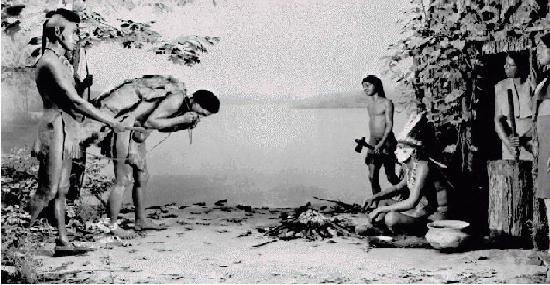
| Kaskaskia | Peoria | Cahokia | Tamaroa | Michigamea |

Thanks for the visit. You are visitor number
Please come back soon!

 This "The History Ring" site is owned by
This "The History Ring" site is owned by Robert Fester. Want to join the The History Ring? |
|---|
| [Skip Prev] [Prev] [Next] [Skip Next] [Random] [Next 5] [List Sites] |

 This
Land of Lincoln
WebRing This
Land of Lincoln
WebRingsite is owned by Bob Fester Want to join the Land of Lincoln WebRing? Please contact the ringmistress if the ring is not operational. |
|---|
| [Prev] [Next] [Random] [Next 5] [List Sites] |
